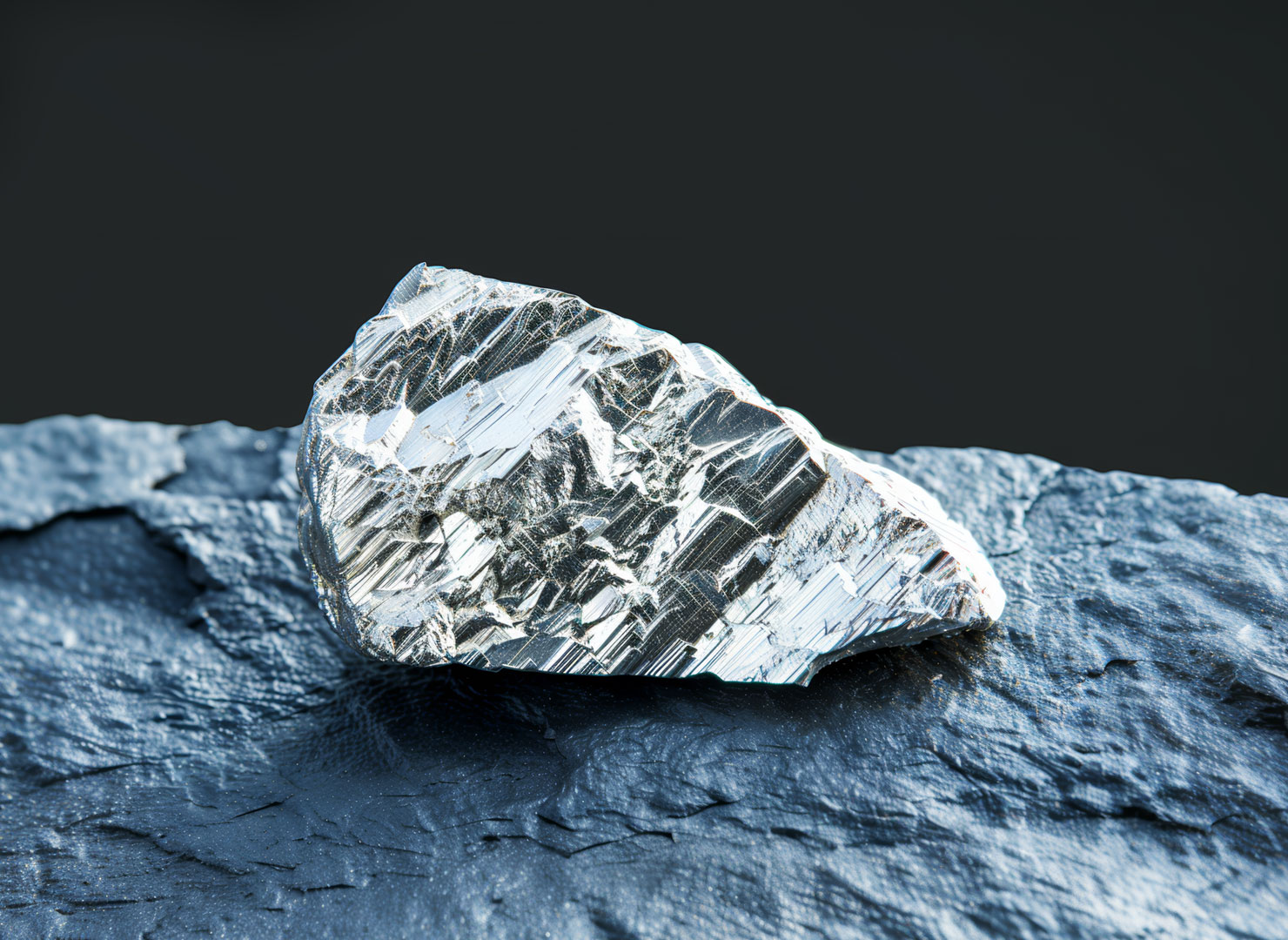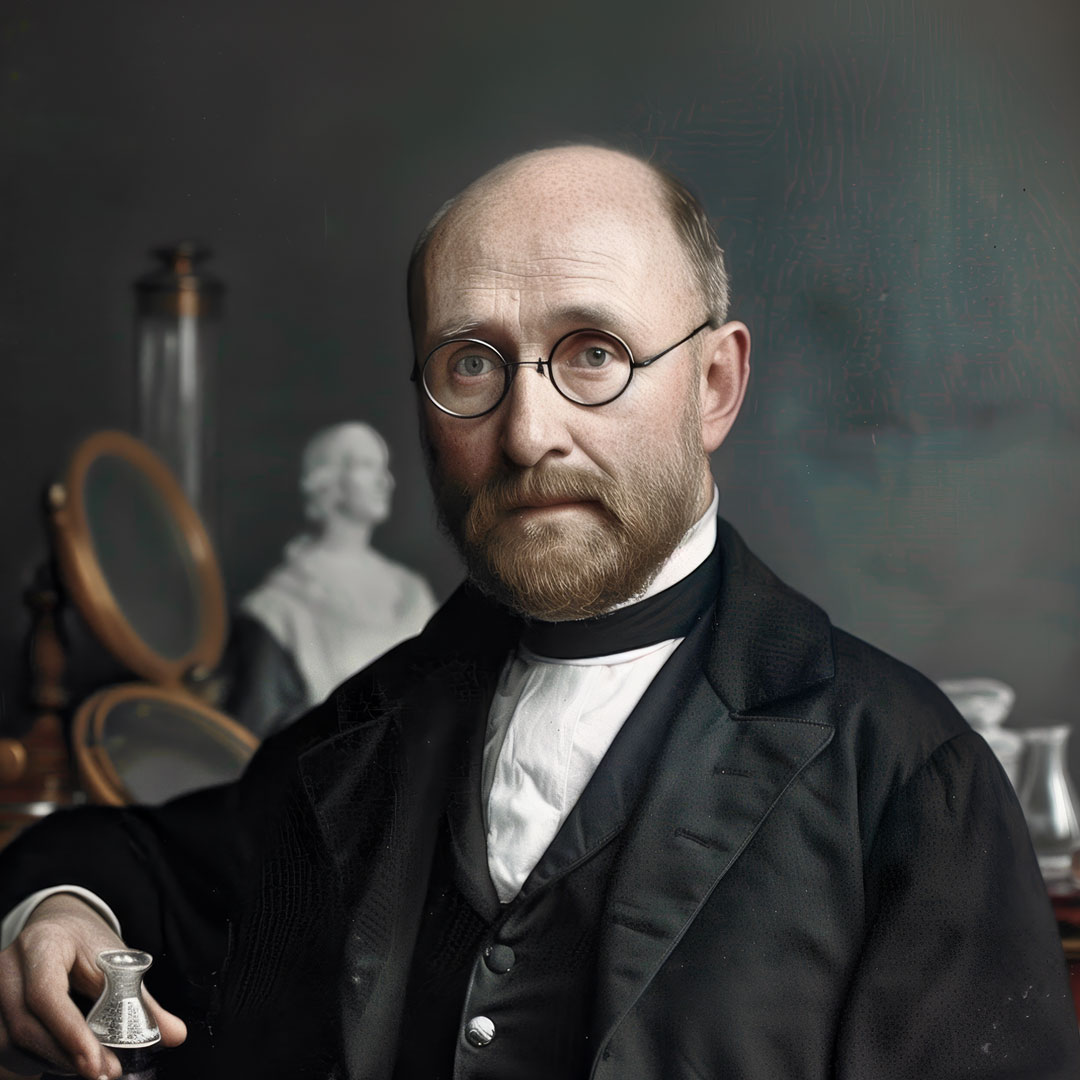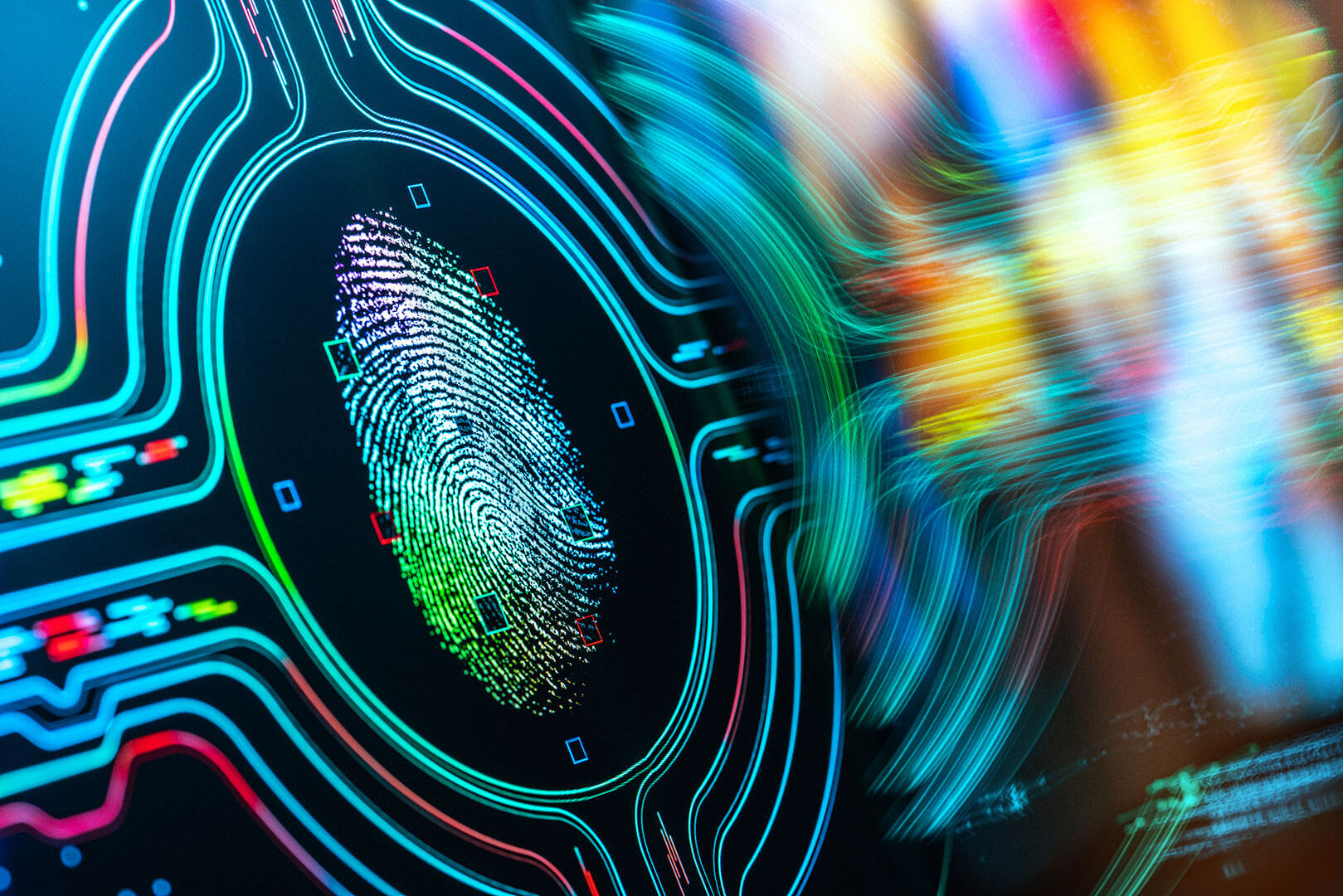The Element Erbium
On this page you can find out more about the rare earth element
Name: Erbium
Symbol: Er
Ordinal number: 68
Density: 9,07 g/cm3
Melting point: 1.529 °C
Boiling temperature: 2.863 °C
Erbium is one of the lanthanidesA group of 15 elements with chemically very similar properties. in the periodic table.
Introduction
Fiber-Optic Technology: In the Digital Fast Lane Thanks to Erbium
Erbium connects the world. This heavy rare earth element boosts the performance of fiber optic cables.

From Ytterby Into the World
In 1843, while investigating a sample of yttrium oxide that he thought was pure, the Swedish chemist Carl Gustav Mosander discovered that the sample contained at least two other elements. He named one of them erbium, after the place where the yttrium was found, the Ytterby mine near Stockholm. The other element Mosander found was terbium. However, the isolated erbium oxide also contained other oxides and was only successfully separated years later. Pure erbium was first obtained independently by the French chemist Georges Urbain and his British colleague Charles James in 1905. Metallic erbium was produced for the first time by the German chemists Wilhelm Klemm and Heinrich Bommer in 1934.
Main areas of application for erbium

The Discoverer of Erbium
Born in 1797, Carl Gustav Mosander was a native of Kalmar, Sweden, in 1797. Trained as a doctor, he became a research assistant to Jöns Jakob Berzelius and eventually discovered several lanthanides during his work as a professor of Chemistry and Mineralogy.
Characteristics
Erbium Discolors in the Air
Erbium is a shiny silver-white metal. It is malleable but brittle, and turns gray when exposed to air.
Areas of Application
Erbium Makes Things Colorful and Faster
Erbium turns pink when oxidized and is therefore used as a colorant in glass and porcelain. It also boosts the performance of fiber-optic cables; as a result, it was instrumental in the construction of global internet connections. Erbium is also used in a special medical laser. The erbium:YAG laserAn erbium-doped yttrium-aluminum-garnet crystal forms the basis of the erbium:YAG laser. is superior to conventional carbon-based lasers because it generates less heat and makes treatments less painful. Due to its relatively high cost and low number of applications, erbium sees limited use by industry in general. However, the element is used in research.

Glass
Glass has a long history and is indispensable in modern technologies, from space glass to optical lenses. Rare earths are essential as colorants and polishing agents, UV absorbers, and dopants for glass, mirrors, and glass fibers used in the laser industry.
Learn more

Laser
Laser beams are concentrated electromagnetic waves. They have various applications in industry, medicine, and the military. Lasers enable high-speed Internet through optical fibers.
Learn more

Lighting
Rare earths are used to produce classic fluorescent tubes, modern energy-saving lamps, and LED lights. The raw materials are also used in devices with picture tubes, tablets, and smartphones, where they produce red pixels.
Learn more

Pigments
One of the first uses of rare earths was to color glass and enamel. Rare earth pigments produce colors, including yellow, blue, green, pink, violet, and orange.
Learn more
Deposits
Heavy and Rare
Erbium is a heavy rare earth. These occur less frequently than the lighter representatives of this raw material group, so the erbium supply chains are geographically concentrated. Heavy rare earths mainly come from so-called ion adsorption clays that are currently mined only in southern China and neighboring Myanmar.
The map shows the regions of the world where heavy rare earths are mainly mined.

Supply Situation Is Not Considered Critical
If new fields of application for erbium are developed in the future, the present concentration of countries that produce it could become critical for the supply of the metal. However, as the element is not one of the rare earths used to make permanent magnets, erbium is not presently classified as critical by the EU.
Raw Materials Trading Industrial Customers
TRADIUM trades in all industrially relevant rare earth oxides. Choose from a wide range of specifications and take advantage of the option to reserve batches for the long term.
Purchase of Physical Assets for Private Customers
Benefit as a private customer from the exciting market for rare earths as a physical asset. You can find out here what opportunities TRADIUM offers and what tax advantages a purchase of raw materials entails.